What You Should Know
- Child’s age, skill level, bat design and weight factors must all be considered when selecting a baseball bat
- Most baseball bat models come in select sizes only (length/weight)
- The size of a baseball field influences the bat size (older kids play on larger baseball fields – see Complete Guide to Baseball Field Layout)
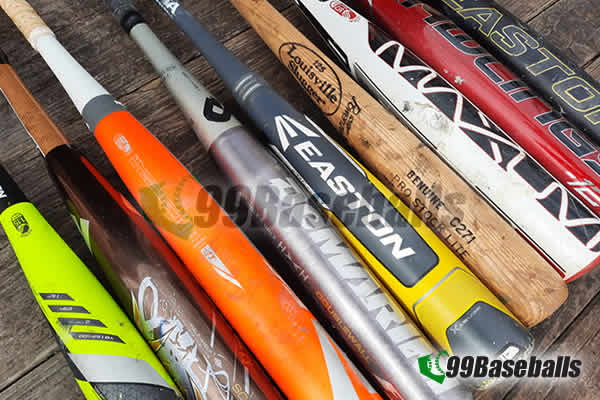
Introduction
In this post, I will provide you with in-depth review of some of the most popular baseball bats used by youth baseball players.
Before diving right in, I would like to recommend that you read these three articles:
- What Should I look for in a baseball bat – it explains designs, features and benefits
- Ultimate Sizing Guide to Baseball Equipment – how to properly size a baseball bat for your child
- National Youth Baseball League Comparisons – explains the “level” of a particular national affiliated league your child is playing
To help decipher which bat is best for your child, I have broken down the list of recommended bats per age group.
| Grade vs Age |
|---|
| You need to keep in mind is that most recreation league teams are formed based on children’s school grades, not their age. That means each team may have a set of specific bat rules to limit the length and weight. Before buying one of the recommended bats, confirm the rules with your local league commissioner |
I have seen so many kids who ended up quitting baseball because they were not able to make contact with baseballs or their hands were constantly hurting from hitting baseballs on a non-sweet spot so make sure you read the entire post.
Bats by Age
- Ages 1 through 4 (pre-kindergarten)
- Ages 5 through 6 (kindergarten)
- Ages 6 through 7 (first grade)
- Ages 7 through 8 (second grade)
- Ages 8 through 9 (third grade)
- Ages 9 through 10 (fourth grade)
- Ages 10 through 11 (fifth grade)
- Ages 11 through 12 (fifth grade)
- Ages 12 through 13 (seventh grade)
- Ages 13 through 14 (eighth grade)
- Ages 14 through 15 (ninth grade)
- Ages 15 through 16 (tenth grade)
- Ages 16 through 17 (eleventh grade)
- Ages 17 through 18 (twelfth grade)
- Ages 18 and older (college)
- Special Bats – Fungo Bats
- Special Bats – One-hand Training Bats
Ages 1 through 4 (pre-kindergarten)
Kids in this group are really too young to properly hold and swing a tee ball baseball bat so your primary focus should be simply having fun and grow their interest in the sport.
Unless your child is bigger and stronger than their peers, you should stick with practicing with plastic bat that is part of a tee ball hitting set
T-ball sets do not vary from year to year so you can grab a Little Tikes TotSports T-ball Set (Amazon link) and start having fun right away!
If your child seems to have advanced hand-eye coordination, you can try the Franklin Sports Kids Teeball (Amazon link).
Either way, enjoy this moment with your child because time will go by quick!
Ages 5 through 6 (kindergarten)
Kids in this age bracket start to play on a team commonly referred to as “t-ball” or “tee ball”.
Nationwide, the majority of children start their baseball “career” by playing t-ball on a small dirt field with moveable bases with a batter hitting baseballs placed on a tee.
| USA Baseball Approved Tee Ball Bats |
|---|
| If you belong to a league that uses “USA Baseball” stamped baseball bats, please note that all t-ball bats will be clearly indicated with the words “ONLY FOR USE WITH APPROVED TEE BALLS.” |
Unless you are one of the few parents who have either played baseball or had older kids go through the program, most parents don’t know what to get so most leagues will provide several t-ball baseball bats for each team to use.
These bats are usually beat up from being used heavily for several years so I recommend buying a new t-ball bat.
Many cheap tee ball bats come with thin walls with inconsistent quality so I will give you my top 2 choices.
Franklin Sports Venom / Barracuda Tee ball Baseball bats
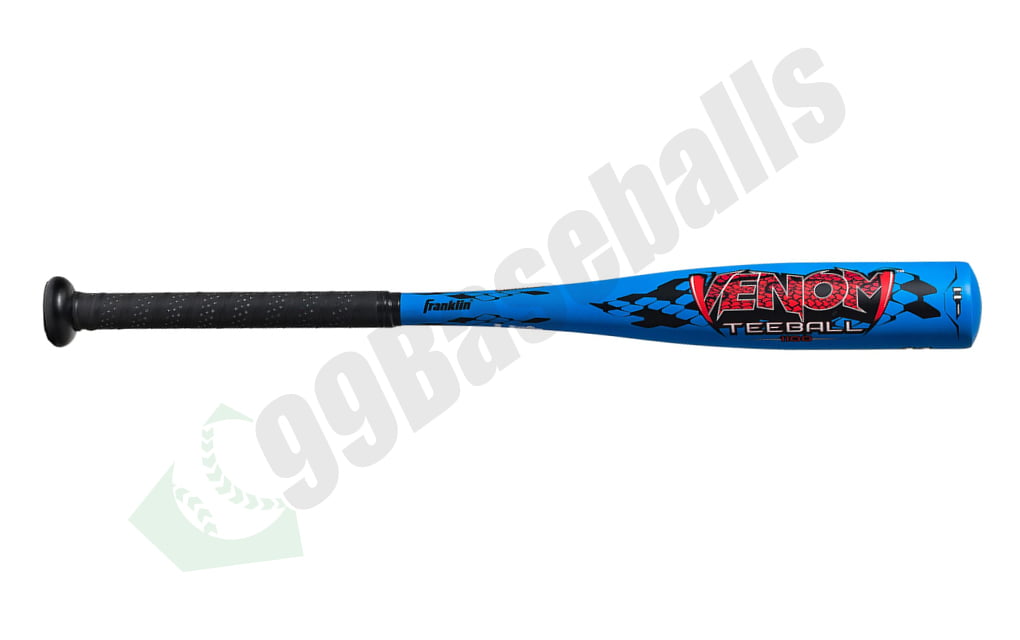
Franklin Sports have produced many great youth baseball produces for a very long time so the Venom (2 1/4″ barrel) and Barracuda (2 5/8″ barrel) bats are two solid choices for t-ball players in 2022 (they have been around since 2018).
These bats are made with lighter alloy and thinner barrel construction so they are easy for 4 to 6 year old players to swing and make good contact with the ball.
But if your child is larger and stronger than their peers, you may want to consider bats made for older kids
Franklin bats come with a 90 day warranty (one claim per bat) and they are great about replacing a damaged bat (replacements are sent free of charge with free shipping).
The bats cost anywhere between $20-60 depending on the length/weight (Check Amazon prices here) but with supply chain issues are still a big problem as of March 2022 so you may be forced to consider buying a used bat. In that case, make sure to read Buying a Used Bat? post.
Remember that the older Venom bats came with a number designation under the VENOM logo. The newer (stronger) bats says “TEE BALL” under the VENOM label.

Pros for Venom / Barracua bats
- Extremely durable for long usage
- Option for 2 1/4″ or 2 5/8″ barrel sizes
- Large sweet spot
- USA Baseball certified (can also be used in USSSA league)
- Relatively inexpensive
- Great customer service & warranty claim service
Cons for Venom / Barracuda bats
- Made from 6061 alloy which is weaker than normal 7046 alloy
- Hand sting if a ball is struck outside the sweet spot
- Should only be used with safe or t-ball baseballs (soft core)
- Inconsistent quality (check knobs and end caps for sharp edges) for older models
Easton ADV Tee Ball Bat
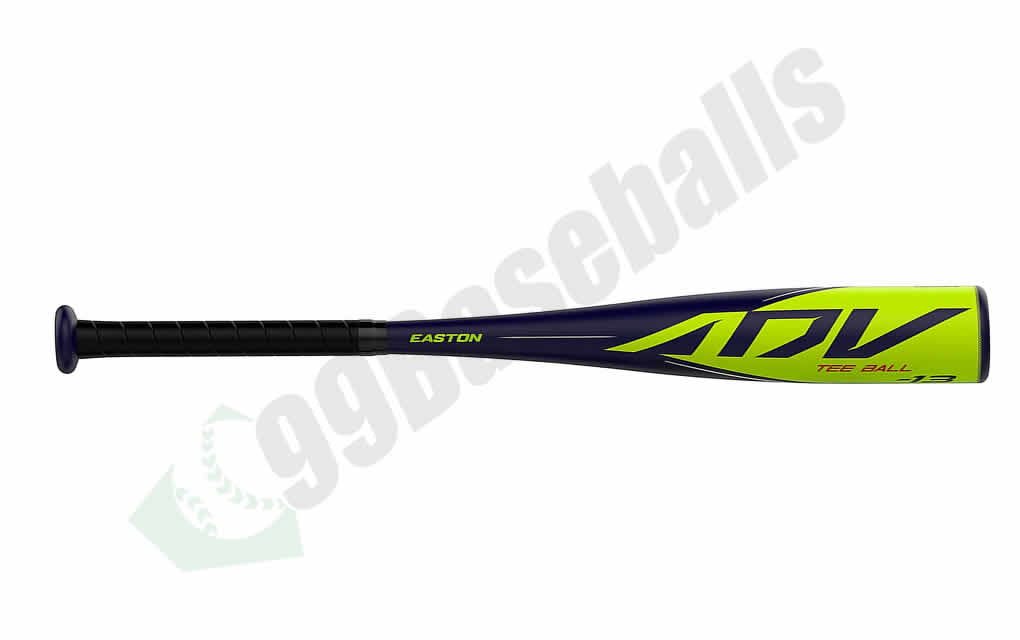
Easton is another solid manufacturer for youth baseball.
Unlike most Tee-ball bats, Easton ADV Tee Ball Bat is made 100% from composite with one-piece design with 2 5/8″ barrel size.
Larger barrel size means the bat comes with a large sweet spot and custom vibration reduction for reduced hand stings.
Easton calls it “hyperlite”, which is great for smaller kids, providing them with a light bat with custom rolled end cap for balanced weight distribution for more natural swing motion.
The cost a bit higher (around $80) but this bat is hard to beat.
Pros for Easton ADV bats
- Extremely durable for long usage
- Comes with 2 5/8″ barrel sizes
- 100% composite construction for reduced hand stings and larger sweet spot
- USA Baseball certified
Cons for Easton ADV bats
- Expensive
- Bat will be need to be broken in for optimal performance
- Should only be used with safe or t-ball baseballs
- Higher cost than other one-piece alloy bats
Ages 6 through 7 (first grade)
Depending on your league affiliation and/or local rules, your child may still be able to play with T-ball teams at 6 years of age. In that case, you can continue to use the T-ball bats previously mentioned.
If your child has “graduated” to the next level, your child has to use either USABaseball or USSSA stamped baseball bat (cannot say “ONLY FOR USE WITH APPROVED TEE BALLS.”)
These bats are almost always made of metal with a single-piece design with a 2 1/4″ barrel.
These bats are okay way to start but the drawback is that they tend to be heavily used by many players over the course of 3-4 years.
Although you will use t-ball bats for 1 or 2 seasons only, they are fairly inexpensive so I recommend buying a new bat for your kid.
Ages 7 through 8 (second grade)
Pitching is rather inconsistent with 8 year olds but hits do happen as pitchers get older so it’s important to teach your hitters to make contact in the sweet spot.
Ages 8 through 9 (third grade)
coming soon
Ages 9 through 10 (fourth grade)
coming soon
Ages 10 through 11 (fifth grade)
This age group For most players in this age bracket will move up from a 46/60 field to a larger 50/70 field with a pitcher on the mound.
You may also want to replace the standard bat handle wrap with something that provides more cushion.
Ages 11 through 12 (fifth grade)
coming soon
Ages 12 through 13 (seventh grade)
coming soon
Ages 13 through 14 (eighth grade)
coming soon
Ages 14 through 15 (ninth grade)
coming soon
Ages 15 through 16 (tenth grade)
coming soon
Ages 16 through 17 (eleventh grade)
coming soon
Ages 17 through 18 (twelfth grade)
coming soon
Ages 18 and older (college)
coming soon
Special Bats – Fungo Bats
coming soon
Special Bats – One-hand Training Bats
coming soon
Frequently Asked Questions
- When do new baseball bat models come out?
- Most manufacturers release their new models sometime around October prior to spring season. For example, 2022 baseball bat models were released back in October 2021.

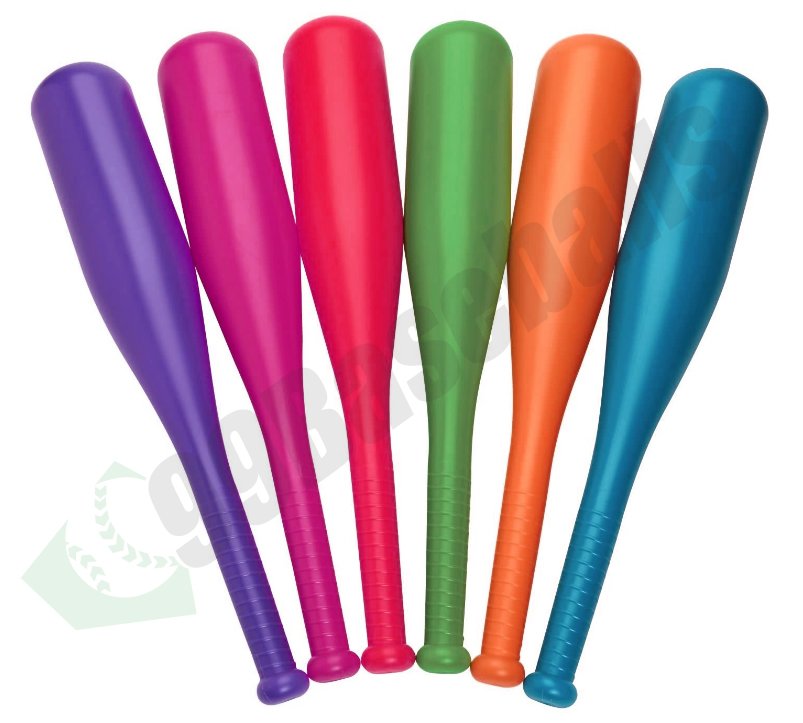
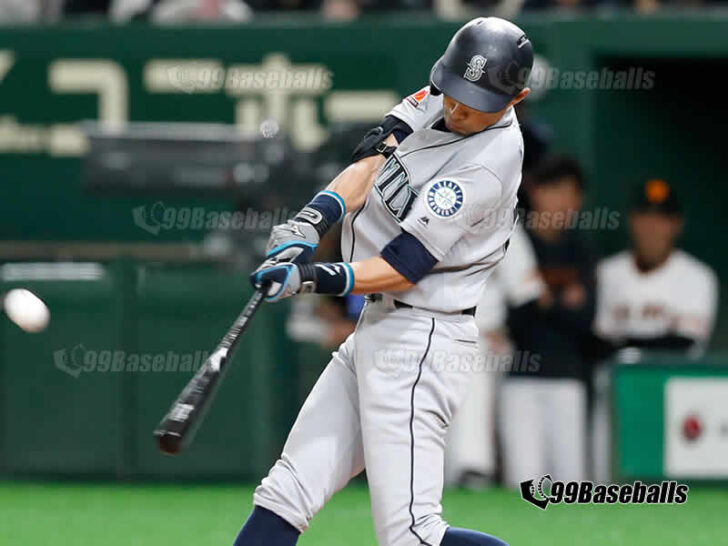
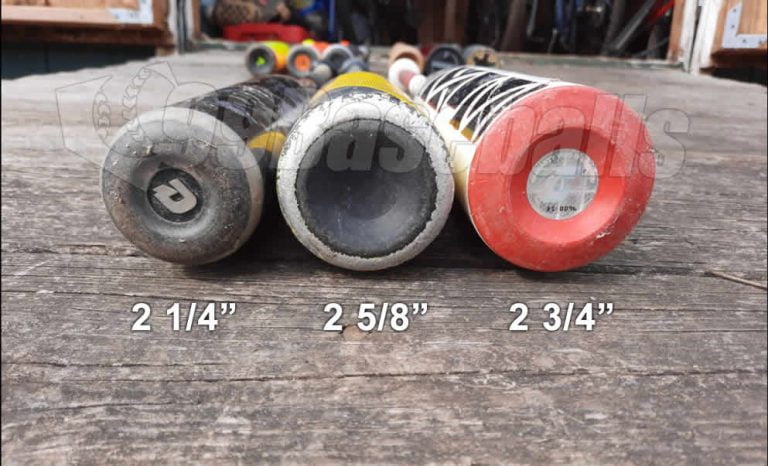
Bruno John
Thursday 18th of May 2023
My son feels confident about controlling this Easton SPEED USA bat; he can master its control with every practice, ensuring a more consistent, smooth, and balanced swing.